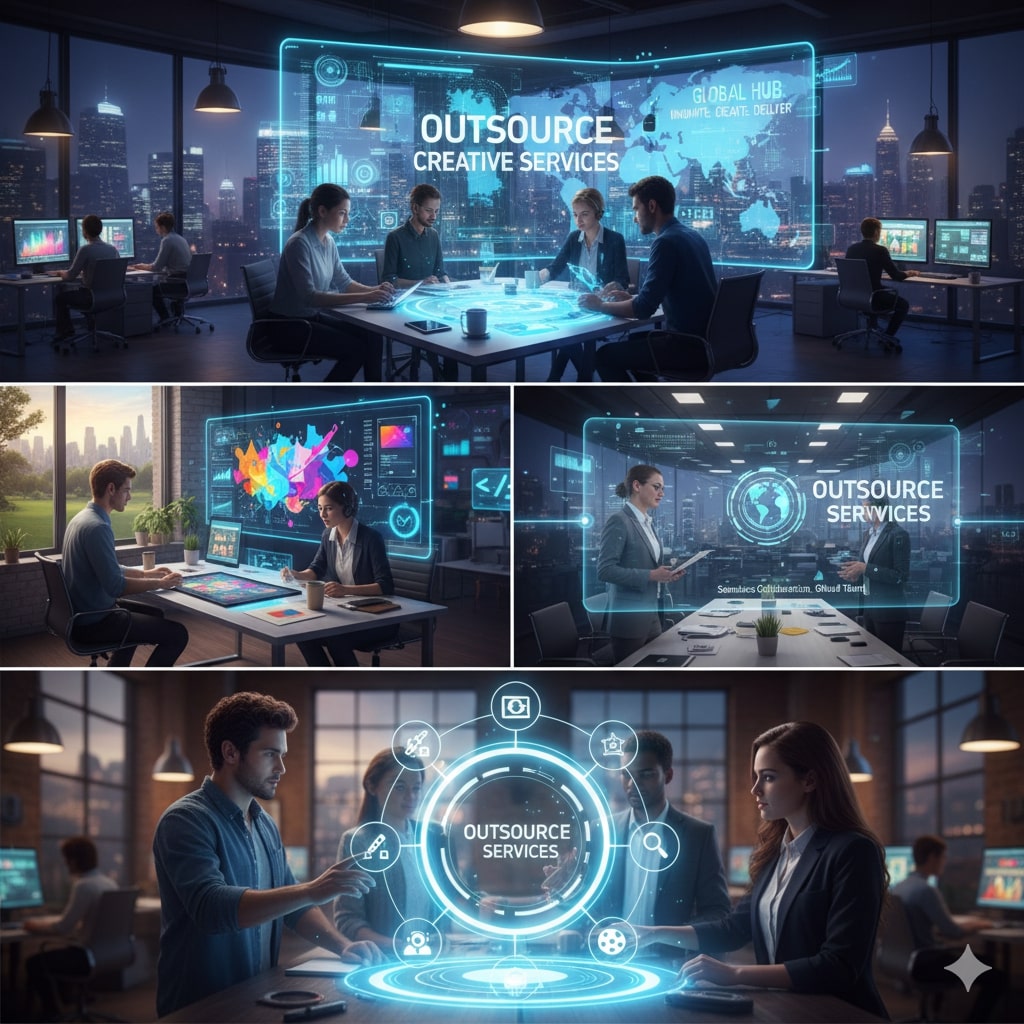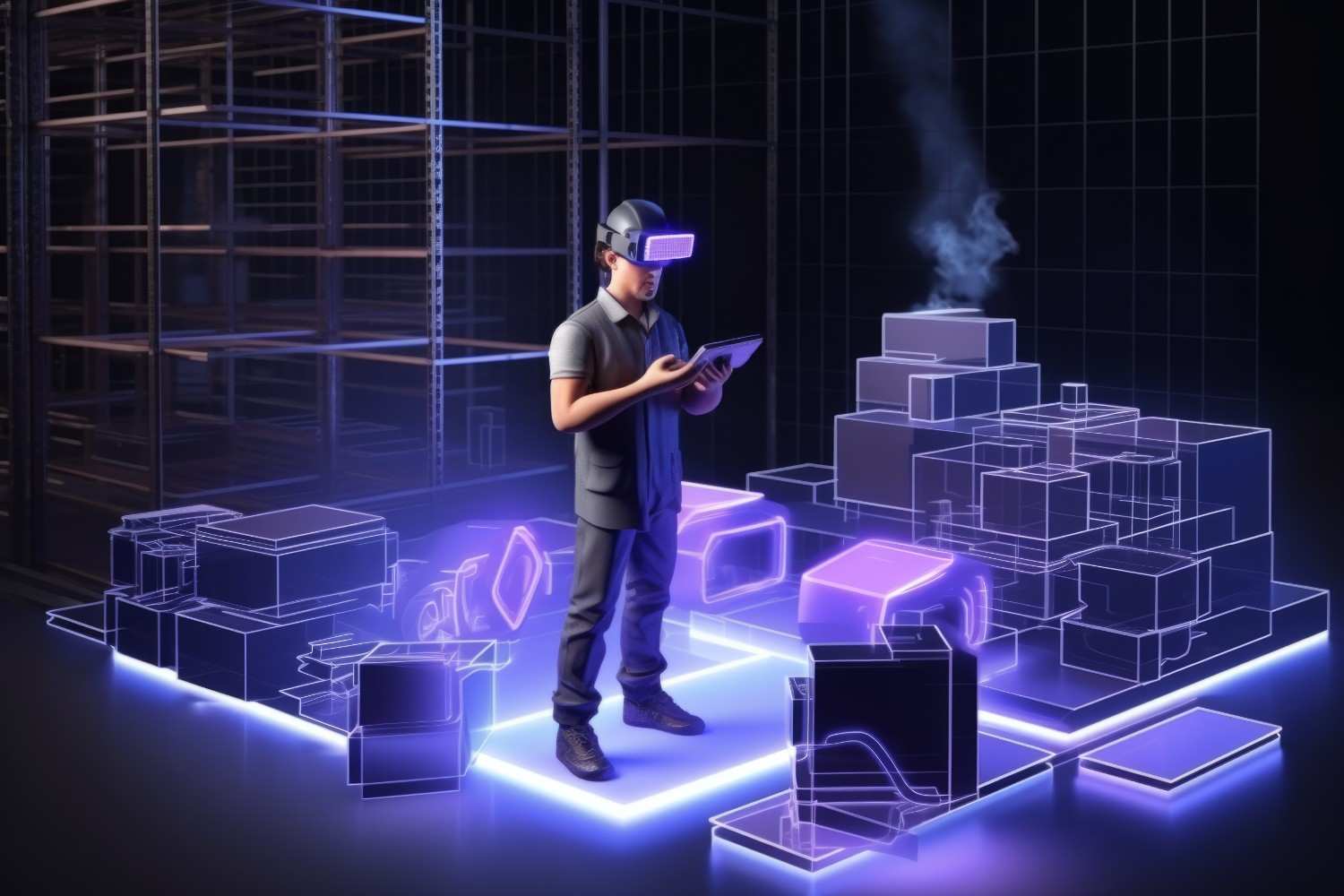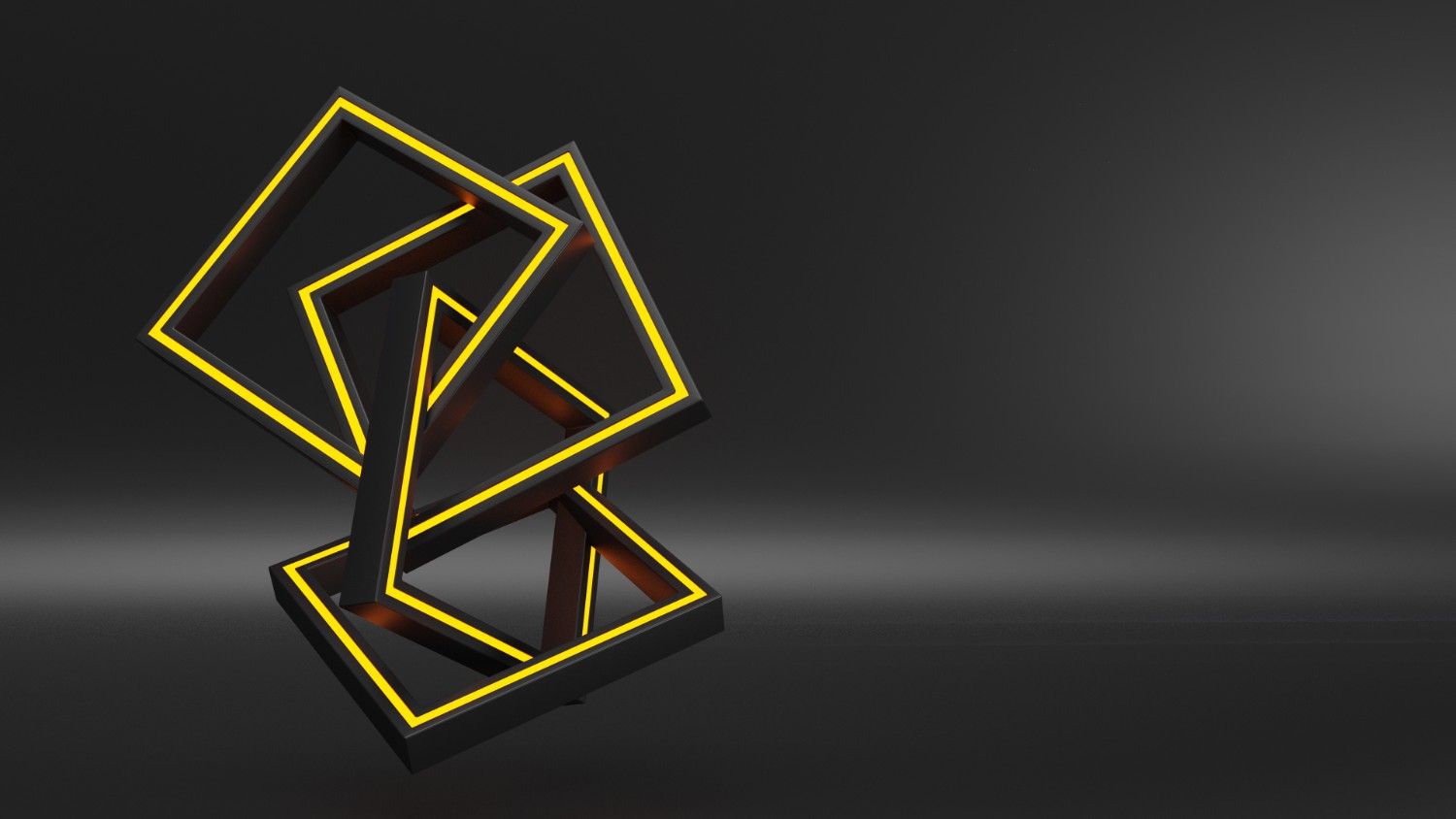In today’s hyper-competitive marketplace, product design and development are a race against the clock and the budget. Whether you’re launching a new electronic gadget, a furniture line, or an industrial machine, the journey from concept sketch to market-ready prototype is laden with complex, costly, and time-consuming steps. Traditional development cycles involving physical prototyping, photography, and lengthy iteration are often financially prohibitive, especially for small to mid-sized enterprises.

Enter the strategic power of digital transformation, specifically the decision to Outsource 3D Modeling services and visualization. This is not merely a tactical cost-cutting measure; it is a fundamental shift that converts volatile, fixed overhead into predictable, scalable, project-based expenditure. For businesses seeking a sustainable competitive edge, leveraging external 3d modeling and design expertise is the single most effective way to drastically reduce product design development costs while simultaneously accelerating time-to-market.
3D modeling and design has moved beyond mere representation; it is now the central, digital workbench where products are iterated, tested, visualized, and marketed. By leveraging external specialists for this critical function, businesses can slash development timelines, eliminate expensive physical prototypes, and achieve marketing-ready visuals long before the product even exists. This isn’t just about saving labor costs; it’s about transforming the entire product lifecycle from a slow, linear process into a fast, iterative, and financially lean digital workflow.
1. Eliminating the Prohibitive Cost of Physical Prototyping ✂️
The single largest cost driver in the early stages of product development is often the physical prototype. Manufacturing a prototype requires expensive materials, specialized machinery, skilled technicians, and significant lead time. Each iterative change demands a new prototype build—a cycle that quickly burns through budget and schedule.
The Virtual Prototyping Advantage
By choosing to Outsource 3D Modeling services, companies replace expensive physical iterations with rapid, virtual ones.
- Cost Savings: The cost of generating a highly detailed virtual prototype through a specialized partner is a tiny fraction of the cost of manufacturing a physical one.
- Speed of Iteration: A physical prototype takes weeks; a 3D modeling and design revision can be completed in hours by an expert outsourced team. This allows engineers to conduct hundreds of design validation checks (assembly tests, interference detection, flow analysis) in the digital environment, minimizing the chances of expensive retooling later.
- Design for Manufacturing (DFM) Validation: Outsourced models can be built to reflect the exact manufacturing constraints (e.g., injection molding tolerances or sheet metal bends). This allows the design team to check DFM compliance digitally, ensuring the final product can be mass-produced efficiently.
For any firm focused on 3D Product Design, virtual prototyping is the primary lever for cost reduction, converting a variable, high-risk physical expense into a predictable, digital service fee.
2. Converting High Fixed Costs into Flexible Variable Costs 📉
Building an in-house team capable of delivering world-class 3D Rendering, Texturing, and complex modeling is a monumental fixed cost investment. It requires continuous expenditure regardless of project volume.
The Financial Flexibility of Outsourcing
When a company decides to Outsource 3D Modeling services, they convert capital expenditure (CAPEX) into operational expenditure (OPEX).
- Infrastructure Costs: High-end 3D work requires constant investment in powerful workstations, specialized software licenses (e.g., CAD, rendering engines, PBR texturing tools), and often a dedicated render farm. Outsourcing eliminates these capital costs entirely; you are simply paying for the output from the vendor’s already-paid-for infrastructure.
- Talent Overhead: Hiring and retaining highly specialized 3D modeling and design talent (especially experts in niche areas like topology optimization or complex mechanical modeling) is expensive. Outsourcing allows a company to access a global talent pool on an as-needed basis, paying for specific deliverables only when project demand spikes. This scalability ensures that resources are never sitting idle during slow periods.
- Follow-the-Sun Efficiency: Utilizing partners in different time zones enables a “follow-the-sun” workflow. Your team can receive feedback on a model or 3D Rendering overnight, drastically reducing project timelines and thus reducing the overall labor hours billed to the project.
3. Accelerating Time-to-Market Through Pre-Market Visualization 🚀
In the past, product marketing and sales visualization could only begin once a final physical product was available. Today, the digital model is the earliest sales asset, and it significantly compresses the sales cycle.
Leveraging High-Impact Visuals Early
- Pre-Launch Marketing: Outsourcing partners deliver stunning, photorealistic 3D Rendering visuals of the final product long before manufacturing begins. This allows the marketing team to launch pre-sales campaigns, design packaging, and build the e-commerce storefront with high-quality imagery, reducing the time lag between final design approval and market entry.
- Catalog Efficiency: For companies with large product lines (e.g., Outsource 3D Furniture Modeling), outsourcing eliminates the need for expensive, disruptive, and time-consuming photo shoots. One digital model can generate thousands of unique, accurate, and geographically personalized product visuals on demand.
- Sales Enablement: Sales teams can use high-fidelity models for early client presentations, investor pitches, and trade show displays, garnering crucial feedback and securing pre-orders before production costs are fully realized.
The ability to simultaneously develop the product and its marketing materials is a game-changer for cost control and revenue acceleration.
4. Driving Innovation Through Access to Niche Expertise ✨

The best 3D Product Design requires mastery of various visualization fields—from highly accurate surface modeling for engineers to complex material simulation for marketing. Few in-house teams can cover this spectrum.
Specialized Skillsets on Demand
- Advanced Texturing: The realism of any 3D Rendering depends on expert Texturing (specifically PBR – Physically Based Rendering). Outsourcing gives you immediate access to specialists who can accurately replicate the look of specific polymers, high-gloss metals, custom fabrics, and complex finishes, ensuring that the final visual representation is technically flawless.
- Optimized AR/VR Assets: The modern product display demands interactivity, often delivered via Augmented Reality – Virtual Reality (AR/VR) experiences. This requires creating models with optimized mesh topology and minimal polygon count for real-time applications—a specific skill that a dedicated outsourcing partner provides without the steep learning curve for the in-house team.
- Expert Software Utilization: Specialized partners are masters of the latest software updates and rendering techniques, ensuring your product visuals leverage cutting-edge realism, whether it’s in 3D Architecture visualization or micro-scale product detailing.
5. Mitigating Risk in Large-Scale Projects and Product Line Expansion 🛡️
Scaling a product line or moving into a new industry vertical (like expanding from consumer goods to industrial 3D Architecture elements) carries significant risk. Outsourcing provides a buffer against this risk.
Reliable Deliverables and Quality Control
- Guaranteed Quality: Reputable outsourcing firms have established Quality Assurance (QA) protocols, guaranteeing that the 3D modeling and design deliverables adhere to strict specifications (e.g., dimensional accuracy for CAD, or color and lighting consistency for 3D Rendering). This reduces the risk of expensive errors caused by internal workload strain or inexperienced staff.
- Focus on Core IP: By delegating the non-IP related visualization tasks, the internal engineering team is free to focus solely on the core intellectual property and mechanical functionality of the 3D Product Design, protecting the company’s competitive advantage.
- Budget Predictability: Fixed-price, per-asset contracts provide clear budget limits, eliminating the risk of internal projects suffering from scope creep or unexpected salary inflation, making cost management for every phase of 3D modeling and design highly predictable.
6. The Digital Twin: Reduced Lifetime Operational Costs 📊

The benefits of outsourced 3D modeling and design extend far beyond the launch phase. The highly accurate digital model—the “Digital Twin”—becomes a living asset that reduces long-term operational costs, particularly in maintenance, training, and sales.
- Maintenance & Training: The 3D model can be used to generate interactive exploded views, step-by-step assembly guides, and internal training simulations (often leveraging Augmented Reality – Virtual Reality for immersive instruction). This significantly reduces the cost of creating physical mock-ups or printing complex maintenance manuals, enhancing operational efficiency.
- Customization and Sales: The digital model allows sales teams to rapidly generate custom visuals for client-specific configurations, such as in the B2B sector or for mass-customization programs (Outsource 3D Furniture Modeling is highly effective here). This speeds up the quote-to-order cycle and eliminates the cost associated with generating manual drawings for every unique sale.
Conclusion: Outsourcing as a Strategic Financial Tool
The decision to Outsource 3D Modeling services is fundamentally a financial one, enabling businesses to replace high, non-scalable fixed costs with flexible, high-efficiency variable expenditures. By embracing external expertise in 3D Product Design, Texturing, and advanced visualization techniques, companies can:
- Cut Prototyping Costs through rapid virtual iteration.
- Accelerate Time-to-Market with immediate, pre-launch 3D Rendering assets.
- Gain Scalability without increasing permanent overhead.
In the fast-paced, visually demanding market of today, leveraging global 3D modeling and design expertise is the most effective strategy for reducing development costs, minimizing risk, and ensuring that innovative products move from the conceptual stage to commercial success with unparalleled speed and efficiency.
Frequently Asked Questions (FAQ)
1. How does outsourcing 3D modeling reduce development costs compared to an in-house team?
Outsourcing converts high, fixed operational costs (salaries, expensive software licenses, high-performance hardware, and office space) into flexible, variable, project-based costs. You only pay for the Outsource 3D Modeling services output you need, eliminating the financial burden of maintaining an underutilized, full-time department during slow periods.
2. Can 3D Rendering really replace expensive product photography?
Yes. Photorealistic 3D Rendering completely eliminates the need for physical prototypes, studio rentals, set building, logistics, and photographer fees. A single 3D model can be re-rendered to show unlimited color variations, different environments, and diverse angles—a process that is drastically cheaper and faster than staging multiple physical photo shoots.
3. What types of 3D modeling are most cost-effective to outsource?
Any project requiring scale, high specialization, or a fast turnaround is ideal for outsourcing. This includes high-volume Outsource 3D Furniture Modeling for e-commerce, complex 3D Architecture visualization, and detailed 3D Product Design for manufacturing.
4. How does the use of Augmented Reality – Virtual Reality 3D assets save a company money?
By using 3D models for Augmented Reality – Virtual Reality (e.g., placing a virtual sofa in a customer’s room), companies significantly improve customer confidence. This leads to higher sales conversion rates and, crucially, a dramatic reduction in costly post-sale product returns, especially in e-commerce.
5. Is it difficult to handle revisions when I Outsource 3D Modeling services?
Not at all. Reputable outsourcing firms use streamlined, cloud-based project management workflows. Furthermore, digital revisions to a 3D model or its Texturing are significantly faster and cheaper than modifying or re-prototyping a physical object, leading to quicker approvals and lower revision costs overall.
6. Does the cost of 3d modeling and design depend on the level of detail?
Yes. The cost is influenced by the complexity of the object and the required level of realism, specifically the detail in the geometry (the model itself) and the application of Texturing and lighting for the final 3D Rendering. A simple, low-detail model is much cheaper than a hyper-realistic, high-polygon model intended for a close-up marketing shot.




